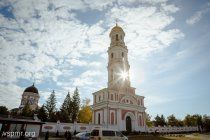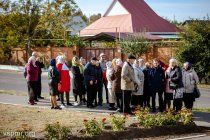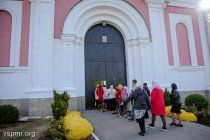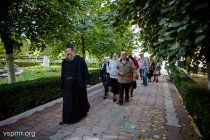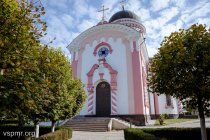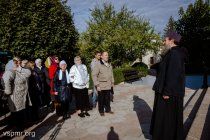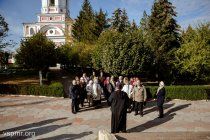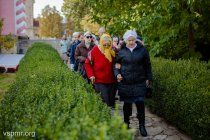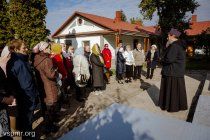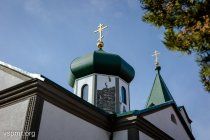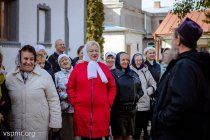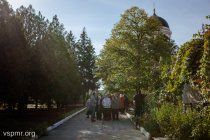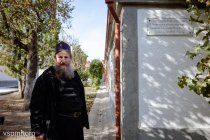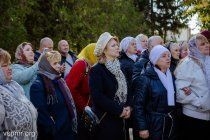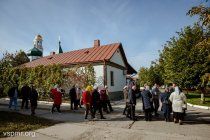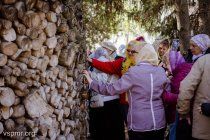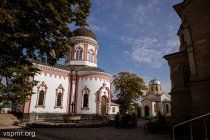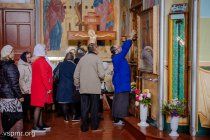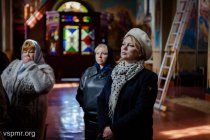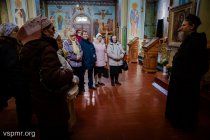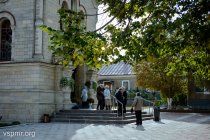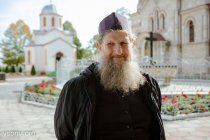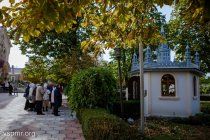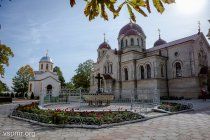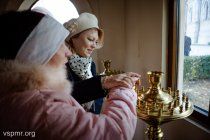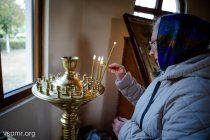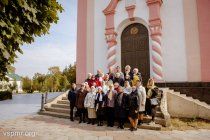 Русский
Русский English
English-







Excursion to the monastery for the visually impaired
The visually impaired and completely blind visited the Holy Ascension New Nyametsky Monastery in Kitskany on an excursion as part of the White Cane Month, which was organized by Ilona Tyuryaeva, Deputy of the Supreme Council of the Pridnestrovian Moldavian Republic for constituency Number 28 “Central”.
An unusual group came to the largest monastery in Pridnestrovie and Moldova – members of the society of the blind.
Such trips are nothing new for the blind society. A group already came to the Novo-Nyametsky several years ago, but it was mid-November then, and the weather was unlucky. The tourists themselves say, they have fully enjoyed the beautiful and well-groomed territory of the monastery now.
One of the guests of the Monastery, she is completely blind, but this trip is another way to explore the world around her and really expand the boundaries of her capabilities, often limited by vision problems.
A small group of 20 people walked throughout the monastery. The monastery will turn 160 years old in January. Its history begins not here, in modern Kitskany, but in the Neamets Lavra in Romania, back in the 14th century. Father Herman talks about this to the group listening attentively. The monk also explained terms that are often incomprehensible to a non-religious person along with the history. He said that it was the Novo-Nyametsky Holy Ascension Monastery that was the most numerous of the monasteries on the territory of both Pridnestrovie and Moldova. Approximately 40 monks live there today.
Despite the fact that there were both completely blind people and those who see very poorly, the group walked around the territory of the monastery. They walked slowly along the stone-lined paths, warning each other about uneven spots along the way.
The guide showed and talked about the history of the construction of the very first church of the monastery. Father Herman spoke about the way of life of modern monks. For example, the group learned that modern monks live as modestly as the first monks. Small rooms with stove heating; the monks prepare wood for the stoves all summer. Electricity is available only in churches.
Woodpiles lined up behind the temples. They are also interesting for the excursion group, although without much history. After all, such large and neatly stacked firewood practically in towers is a curiosity for our region. This method, says the monk-guide, was borrowed by the brethren from the monks in the foothills of the Carpathians.
Father German spoke at the end of the tour in the temple about the relics and sacred images that are kept here. The monastery guests lit candles then.
There was a photo for memory and several dozen photographs in mobile phones. Those who look at the world through the lenses of glasses know the value of such impressions, left not only in their own memory, but also in photographs, which will then become another reason for good memories.


